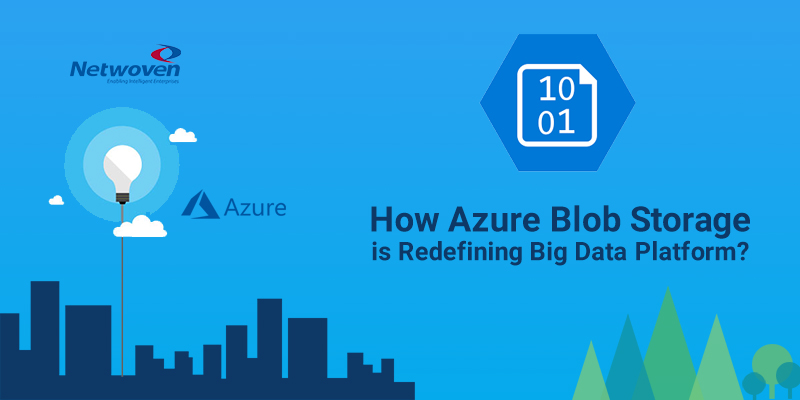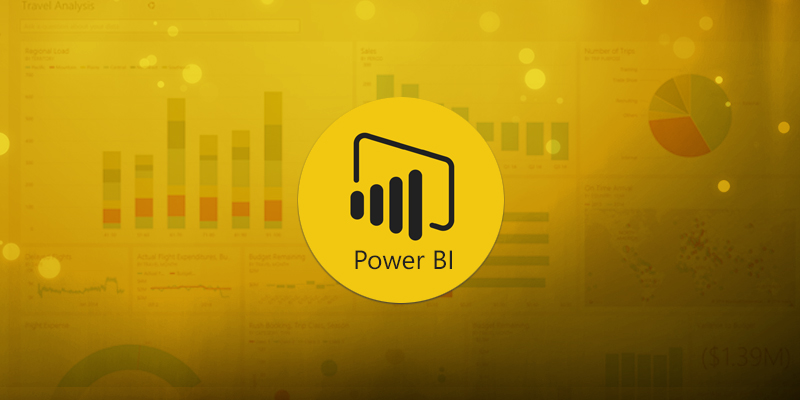Big Data has been a topic of intense discussion and media hype during the last year or two. A number of people have asked Netwoven consultants the following questions:
- What is Big Data?
- What is Hadoop?
- What is Microsoft’s strategy for Hadoop
- How can I use Hadoop for my business?
- Is Big Data only about Hadoop?
- What is Predictive Analytics?
- How does Search integrate with Hadoop?
- How do SharePoint and Hadoop Integrate?
- How can users use PowerPivot and Hadoop?
- How can users use Powerview and Hadoop together?
- How is SQL Server and Hadoop integrated?
- How is SSAS and Hadoop integrated?
- Is statistics dead with big data since we do not have to deal with smaller datasets anymore?
Netwoven has been actively working with Big Data, Hadoop, and Predictive Analytics. Our team of consultants will be providing you with information through our blog at Netwoven Blog.
In this first blog article, we discuss what Big data is. It has several definitions:
According to some, BIG DATA IS ALL ABOUT seeing and understanding the relations within and among pieces of information that, until very recently, we struggled to fully grasp.
Big data is data that exceeds the processing capacity of conventional database systems. The data is too big, moves too fast, or doesn’t fit the structures of your database architectures.
To clarify matters, the three Vs of volume, velocity and variety are commonly used to characterize different aspects of big data. They’re a helpful lens through which to view and understand the nature of the data and the software platforms available to exploit them.
Volume points to the volume of data that is flowing down the pipe today that organizations need to deal with. Think about the volume of information that Bing, Google, Facebook create.
Velocity points to the speed at which the information is coming down the pipe.
Variety points to the various types of information that is generated today such as linkedin, blog, audio, video, facebook, twitter type of information.
In addition to the three V’s a fourth V often has been added to mean ‘Value’.
In the next blog post, we will go into more details of Big Data.






















